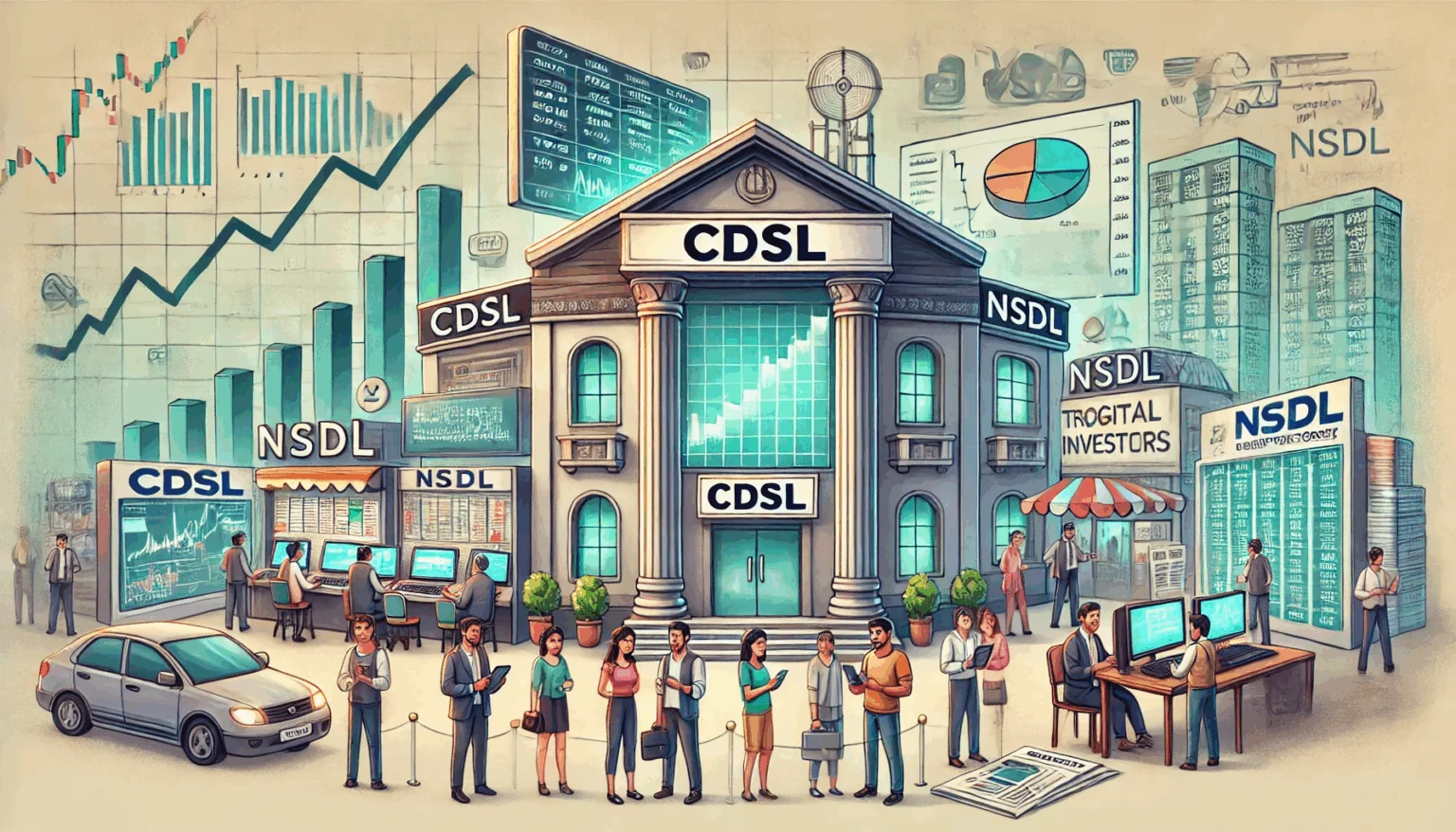
Understanding the Warren Buffett Indicator
The Warren Buffett Indicator is a simple way to check if the stock market is overvalued or not. It compares the total market value of the top 5000 US companies (called the Wilshire 5000 Index) with the country’s GDP. In basic terms, it tells us how expensive the market is compared to the size of the economy. This ratio has been tracked for over 30 years and gives a clear picture of market bubbles and corrections in the past.
How the Indicator Has Moved Over Time
In the past, this ratio has peaked around 140% during the dot-com bubble in 2000 and around 110% after the global financial crisis (see the image below).

Today, the number has jumped to 210. That’s much higher than anything we’ve seen before. This means that when the GDP was at 100, the total market cap was 140 or 110. This shows how far market valuations have gone up in recent years.
The Role of Easy Money
One reason for this high number is the large amount of money that has been added to the system in the past few years. While this hasn’t always led to big GDP growth, it has pushed up the value of all types of assets. Especially after COVID, this indicator jumped quickly from around 160 to 210. It shows that money has flowed into the markets much faster than economic output has grown.
Red Zone for Valuations
Looking at this ratio, it’s clear that both the US and Indian markets are in the high valuation zone. From a traditional view, such high numbers usually signal a warning. Investors might want to be cautious. Markets are now valued far above their historical average. If history is a guide, this could mean risks ahead.
Strong Momentum from Liquidity
Despite these high valuations, the US market continues to perform strongly. It keeps hitting all-time highs. The country’s GDP is also growing well, with a recent quarter showing a 3% annualized growth rate. In India too, the market remains expensive, but domestic investors and institutions continue to invest heavily, which is keeping things afloat.
Will It Keep Going?
While valuations are clearly stretched, the flow of money is keeping the rally alive. As long as liquidity remains strong and investors keep pouring in money, there may not be an immediate stop to the upward trend. But it’s important to stay alert, as history has shown us that extreme valuations often come with surprises.









